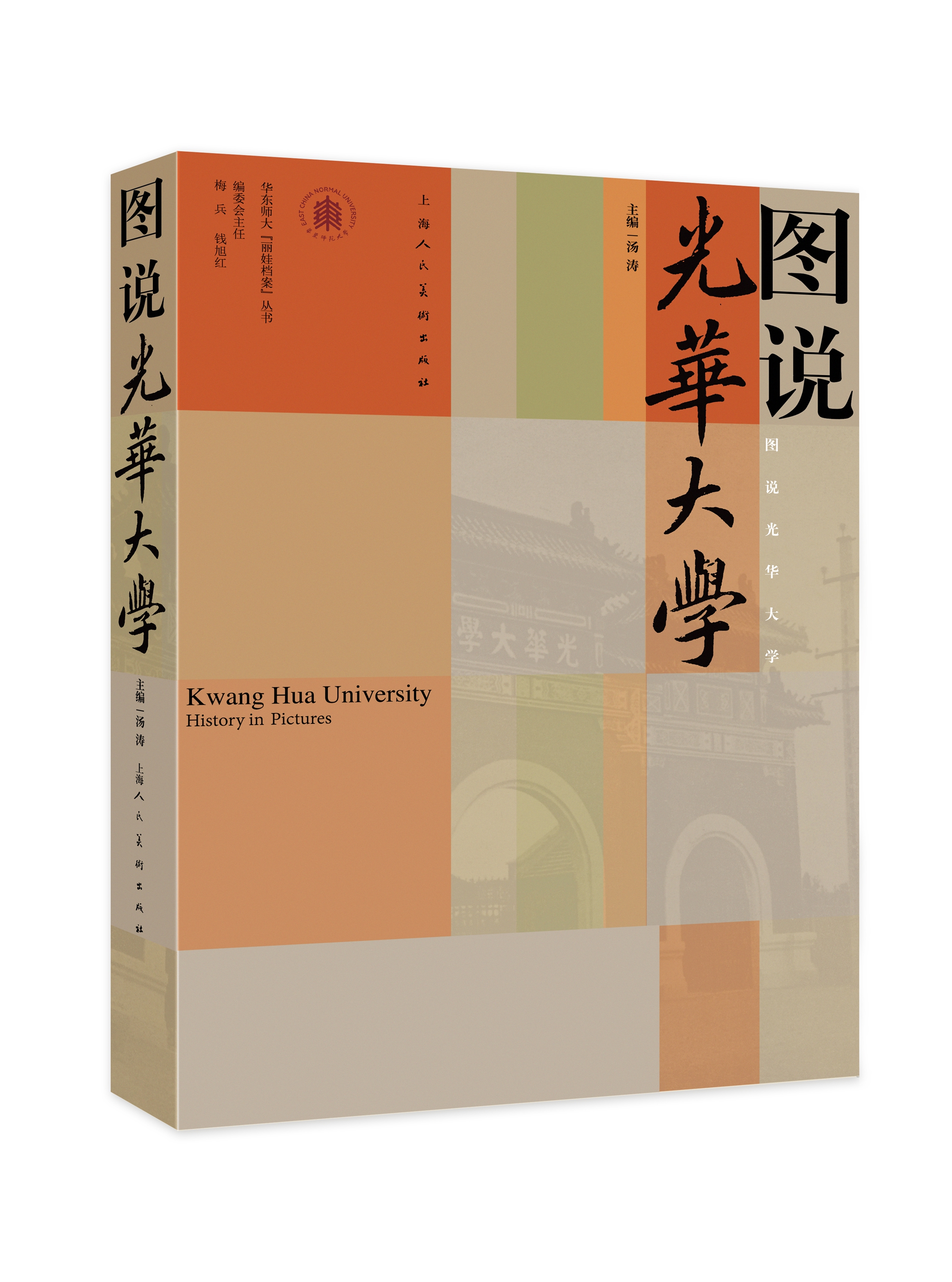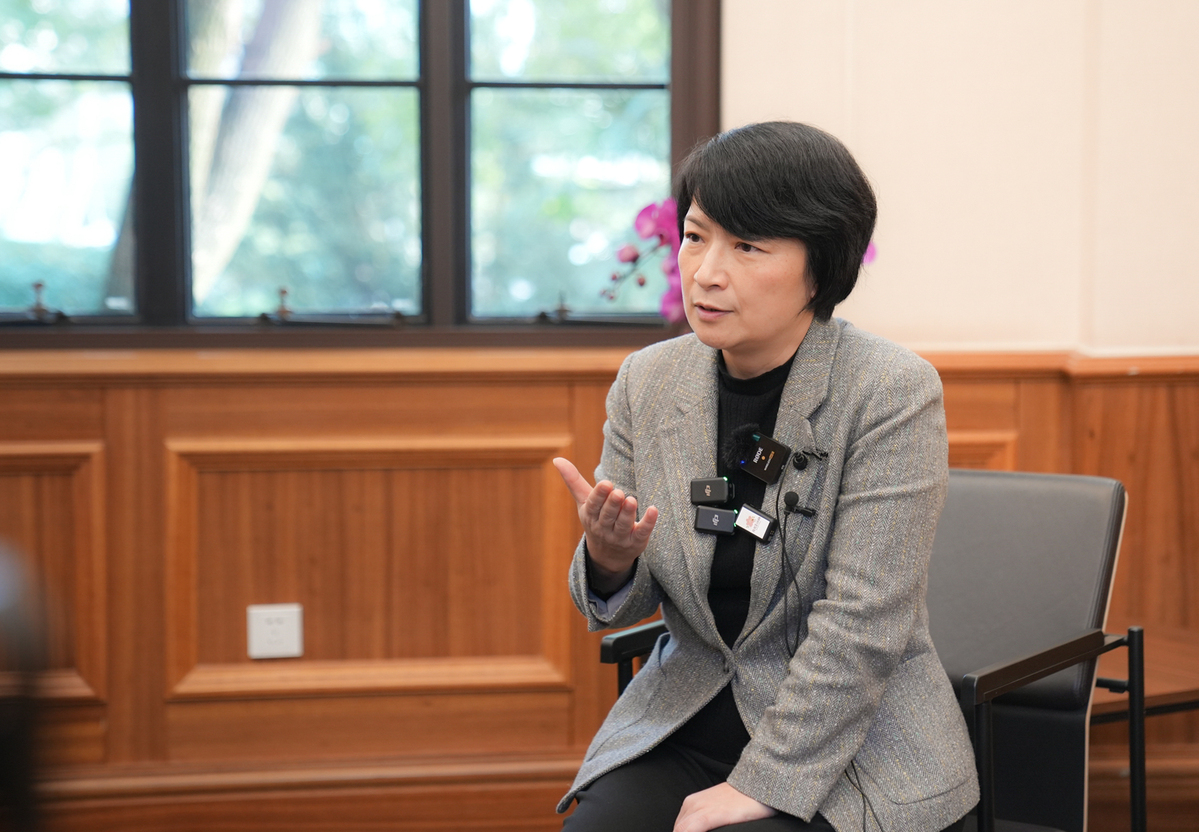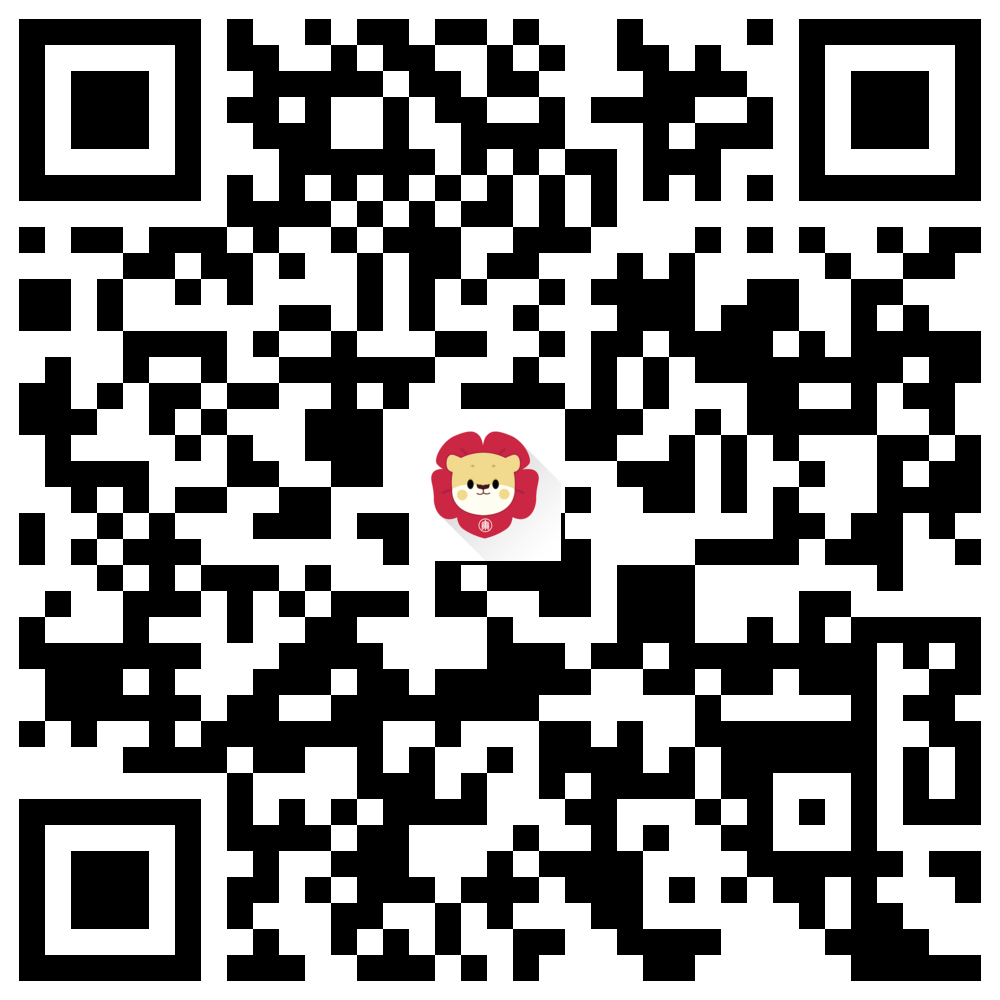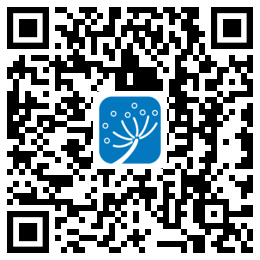Due to the current epidemic of COVID-19, online education platforms have become a general recommendation for schools and institutes. However, there are some questions regarding online education, such as what kind of educational materials do students prefer? Why are some materials more attractive to students than others? Which method of instruction is most conducive to their learning?
In the two studies, researchers from ECNU’s School of Psychology and Cognitive Science adopted technique of functional near-infrared spectroscopy (fNIRS) to figure out more about the neural responses of students. Study 1 focused on material preferencesand Study 2on instructional approaches.
In Study 1, individual audience (students) watched pre-recorded videos on which a violinist (the demonstrator) performed 12 musical pieces (Figure 1). The researchersts was able to show that inter-brain coherence between the student and the demonstrator correlates with (musical) material preference; this correlation proves to be stronger during late watching than at early watching. Moreover, the researchers found that it is possible that inter-brain coherence can predict which of the materials was the most popular among students. These findings suggest that the students’ brain activity tends to sync with the demonstrator if they enjoy the content being presented.

Figure 1. Experimental setting and functional near-infrared spectroscopy recording.
In Study 2, researchers Investigated real-time interactions between teachers and students under an ecologically valid setting. The fNIRS was used to simultaneously measure brain activity within teacher-student pairs during the dynamic conceptual learning process. The results from the study revealed that brain-to-brain coupling was correlated with learning outcomes. Significantly, the interaction appeared to be driven by specific scaffolding behaviors on the part of the teachers (e.g., asking guiding questions or providing hints) (Figure 2).
On the flip side, brain-to-brain coupling enhancement proved to be absent when teachers used an explanation approach (e.g., providing definitions or clarifications). These findings suggest that brain-to-brain coupling, as a pedagogically relevant measure, tracks the natural instructional process during teacher-student interaction under constructive engagement.
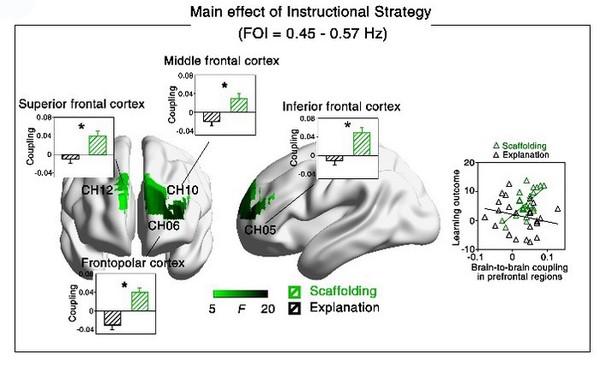
Figure 2. Teacher-student brain coupling discriminates between instructional approaches and predicts learning.
Both studies, led by ECNU’s Prof. Hu Yi from the fNIRS hyperscanning research team, are now published in Neuroimage. The research team devotes itself to charting new ground in cross-disciplinary areas of sciences (including psychology, education, and brain sciences). The research team will also extend research areas of fNIRS hyperscanning and promote collaboration internally, externally and internationally, with the final goal of establishing a top-level research center for psychological sciences.
Source: The School of Psychology and Cognitive Science
Copy editor: Joshua Mayfield
Editor: Yu Wenxi


